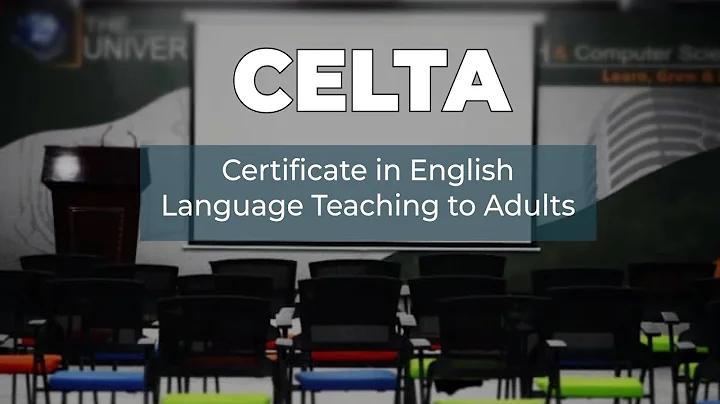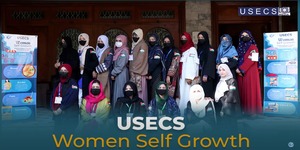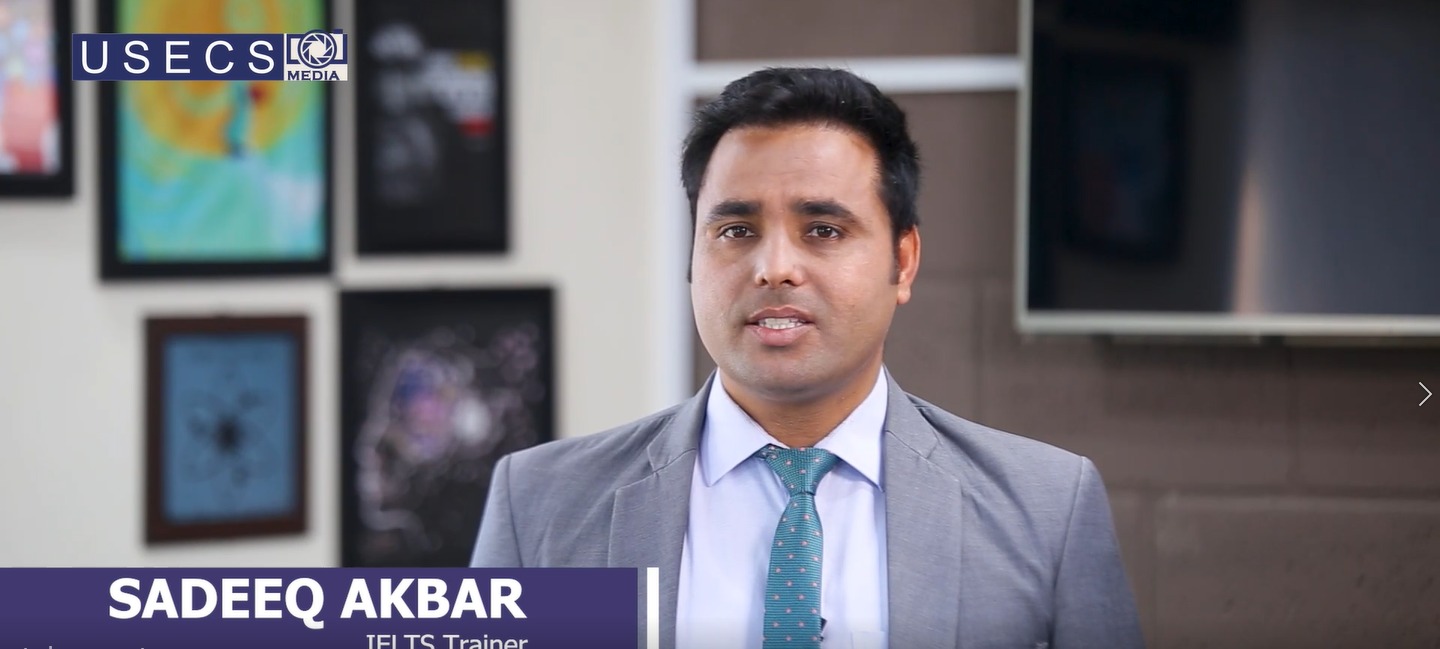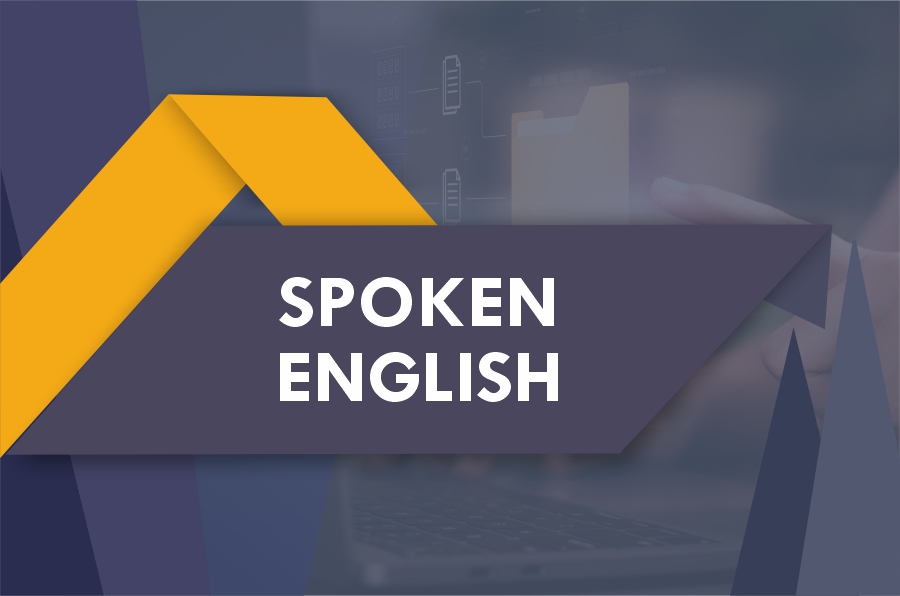The TESOL course is designed to equip candidates with essential pedagogical skills to enhance their methodologies in teaching the English language. It emphasizes the training of prospective instructors to effectively address the diverse needs of students within specified timeframes, employing contemporary techniques and approaches to facilitate language acquisition. Key components of the curriculum include classroom management, an understanding of varied learning paces, and the attainment of lesson objectives. Upon completion, participants must submit a research paper to receive a certificate, preparing them for professional opportunities in English language instruction. This course primarily targets non-native speakers, educators, language programs, and employers seeking to advance their pedagogical competencies.
Aims and Objectives
The aims of TESOL (Teaching English to Speakers of Other Languages) encompass several key objectives designed to enhance the educational experience for both learners and educators. First, it seeks to improve learners’ English language proficiency for academic, professional, and social contexts. Cultural awareness is also a critical focus, fostering an understanding of diverse cultures and promoting effective intercultural communication. TESOL emphasizes the importance of implementing various teaching methodologies, providing effective strategies tailored to different learning styles and contexts. In addition, it equips educators with assessment techniques to evaluate language proficiency and monitor student progress. This approach includes imparting effective teaching techniques and methodologies, uplifting all English skills, and addressing students' mentalities to remediate language deficiencies. It promotes the effective use of multimedia in the classroom, aims to eradicate language barriers, and enhances communication and presentation skills. Furthermore, it focuses on improving students' public speaking abilities and advancing their reading and writing skills.
Contact: +923339441104
Ph: 091 - 25 83 467
Email: contact@usecs.edu.pk
Teaching English to Speakers of Other Languages










